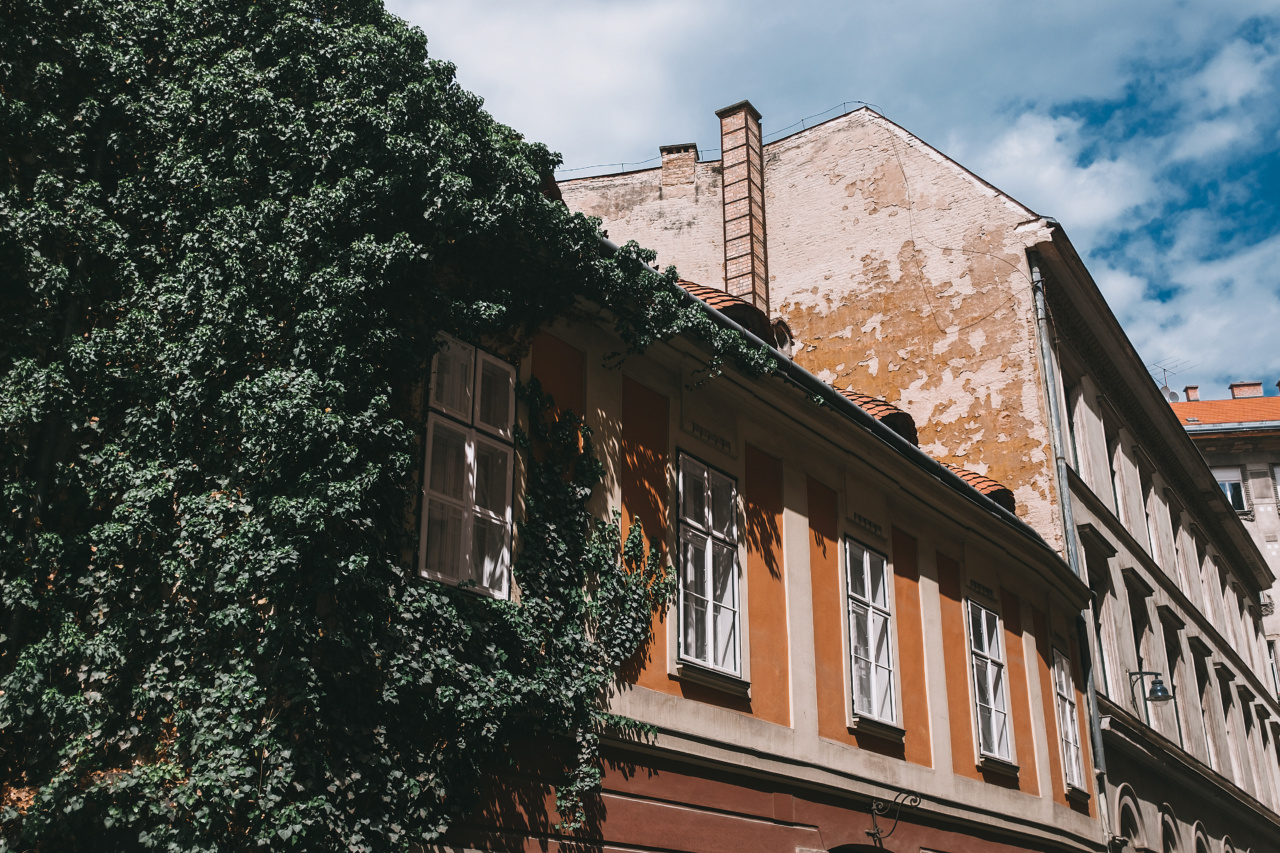Natural disasters can strike at any time, leaving a trail of destruction in their wake. From hurricanes and tornadoes to floods and earthquakes, these events can cause significant damage to properties.
However, with proper preparation and planning, you can minimize the impact of such disasters on your property. In this article, we will discuss various strategies and measures to protect your property from natural disasters.
1. Insurance Coverage
One of the first steps in safeguarding your property from natural disasters is to ensure adequate insurance coverage. Review your insurance policies to understand what they cover and what they exclude in terms of natural disasters.
Consider purchasing additional coverage, such as flood insurance or earthquake insurance, depending on the risks prevalent in your area.
2. Regular Maintenance and Inspections
Regular maintenance and inspections are crucial for identifying and addressing potential vulnerabilities in your property. Conduct routine checks of your roof, windows, doors, and foundation to detect any signs of damage or wear and tear.
Address these issues promptly to prevent further damage during a natural disaster.
3. Reinforce Vulnerable Areas
Identify the vulnerable areas in your property and take measures to reinforce them. For example, install storm shutters or impact-resistant windows to protect against strong winds.
Reinforce your roof with hurricane straps or bracing to prevent it from being uplifted during a storm. Strengthen your doors and consider installing a bolt system for added security.
4. Clear Surrounding Trees and Debris
Trees and debris can become hazardous during a natural disaster. Regularly trim and prune trees to reduce the risk of falling branches.
Clear out any debris or loose objects in your yard, as they can potentially cause damage when picked up by strong winds.
5. Create a Emergency Kit
Prepare an emergency kit that includes essential items such as non-perishable food, water, flashlights, batteries, a first aid kit, and important documents.
Store this kit in a readily accessible location so that you can grab it quickly in case of an emergency.
6. Reinforce Your Garage Door
Garage doors are often weak points that can be breached during a natural disaster. Strengthen your garage door by adding bracing or installing a reinforced door that can withstand strong winds.
Additionally, ensure that your garage door has a secure locking mechanism to prevent it from being forced open.
7. Secure Outdoor Items
When a storm is imminent, secure any outdoor items that are prone to wind damage. Patio furniture, garden tools, and other loose objects should be brought indoors or properly tied down to prevent them from becoming projectiles during high winds.
8. Install a Backup Power Source
In the event of a natural disaster, power outages are common. Consider installing a backup power source, such as a generator or battery system, to keep essential appliances and systems running.
This can help you stay comfortable and maintain communication during an extended power outage.
9. Elevate Utilities
In flood-prone areas, elevate your utilities, such as electrical panels, HVAC systems, and water heaters. This can help prevent damage from flooding and reduce the risk of electrical hazards.
Consult a professional to ensure that the elevation is done correctly and in compliance with local building codes.
10. Stay Informed
Lastly, staying informed is crucial when it comes to weathering a natural disaster. Pay attention to weather alerts and stay updated on the latest news and evacuation orders.
Have a designated safe space in your home where you can seek shelter during a storm, and ensure that everyone in your household knows the emergency plan.
Conclusion
Protecting your property from natural disasters requires a combination of proactive measures and preparedness.
By following the strategies outlined in this article, you can significantly reduce the risk of damage to your property and ensure the safety of yourself and your loved ones during challenging times.

























